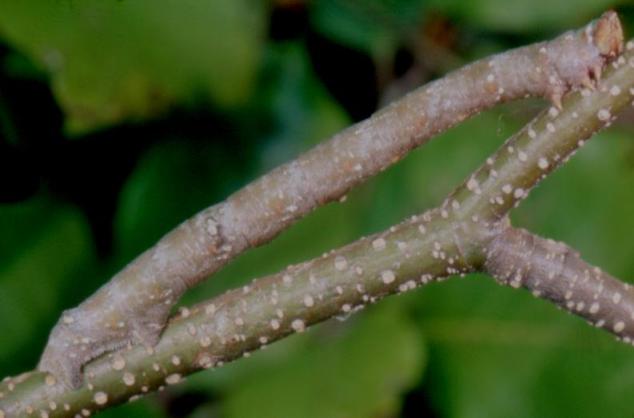

source of images of larva and adults
Notes for Understanding Evolution - Chapter 7
Click link to return to Biology 404
Schedule
or back to Chapter 6 or ahead to Chapter
10
General guide on these review questions here
Notes for Chapter 7: Selection in Action
Introduction
I. Industrial Melanism


source of images of larva
and adults
Featured Organism: Biston betularia (peppered
moth)
Links: 1
- 2 - 3
(creationist article about how this classical story, as typically abbreviated
in textbooks,
is in need of revision) 4
- 5 -
6 (Links 4 and 5 and
especially the pdf file at link 6 clarify that it is the
textbook accounts that are typically flawed, with the actual evidence for natural
selection still compelling,
especially the careful documentation of the increase in the white morph
since pollution has declined -
note: the larvae appear to be equally subject to predation to me, judging from
their cryptic appearance
above left.)
Key Terms: industrial melanism, verifiable evidence
RQUE7.1: What sort of verifiable evidence can be collected in a "natural experiment" of the sort involving the peppered moth? What does the evidence collected by Kettlewell suggest? Clarify what these studies explain of the following: 1) how the two melanic morphs originated; 2) how their relative abundance has changed through time; 3) what is responsible for that change.
II. Cancer Cell Heterogeneity
Key Terms: cancer tumor cell heterogeneity, clonal cell growth,
tumors metastasize and promote angiogenesis
RQUE7.2: Why are cancerous growths so difficult to treat?
III. Selection for Resistance
Download pdf of review article: Bacteria
are different…
RQUE7.3: What is the danger of treatment of bacterial infections with antibiotics?
IV. Multiple Antibiotic Resistance
RQUE7.4: How is it that bacteria manage to become resistant to multiple antibiotics in a very short time? Include in your response a brief explanation of the association of plasmids and their bacterial hosts.
Key Terms: plasmids, antibiotics, antibiotic resistance, transposons :
Featured Organism: Maize (corn)
Links: 1
- 2 (requires
Flash plug-in) - 3
- 4 - 5
- 6
Review Article PDFs: 1
- 2
RQUE7.5: Including in your response details of what has been learned about transposons in maize, characterize how our view of the nature of genes has been revised after the discovery of transposons.
Source of image; Biographies: 1 - 2 - 3Featured Scientist: Barbara McClintock
Links: 1 - 2 - 3 - 4 - 5 - 6 - 7 - 8 - 9 - 10
V. "Prudent Use" of Antibiotics in Human Medicine
RQUE7.6: What are some potential ways in which bacteria might circumvent our standard medical practice of treatment of many ailments with antibiotic drugs?
VI. Recombinant DNA
Key Terms: inserting foreign DNA into a plasmid, cloning into a plasmid, restriction endonucleases, recombinant DNA molecule
RQUE7.7: How are restriction endonucleases employed naturally by bacteria in wild populations?
Click link to return to Biology 404
Schedule
or back to
Chapter 6 or ahead to Chapter
10
This page created 8/16/01 © D.J. Eernisse, Last Modified 2/18/03, Links Last Completely Checked 6/12/02